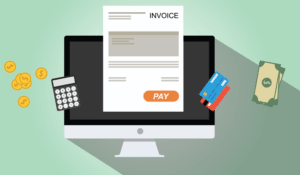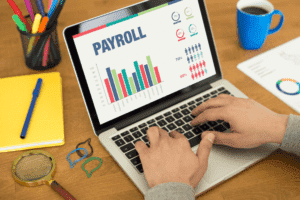
A diversified portfolio means that your money is spread out amongst different asset classes (stocks, bonds, real estate, etc.) that react differently to various economic and financial environments. Robo-advisors can build a diversified portfolio of index funds for you based on factors like your age, risk tolerance and time horizon. Exchange-traded funds let an investor buy lots of stocks and bonds at once. To be clear, a stock split doesn’t have any effect on the overall value of your investment, at least in theory.
Ask Any Financial Question

Company A’s market capitalization isn’t affected by this because the total market value of all outstanding shares hasn’t changed. Publicly-traded companies all have a given number of outstanding shares of stock in their company that have been purchased by and issued to investors. A stock split is a decision by the company to increase the number of outstanding shares by a specificied multiple. Shareholders would own half as many shares, but each share would be worth twice as much. So if each share was worth $100 before the split, then each share would be worth $200 after the split.

Our top picks of timely offers from our partners
Michael holds a https://www.bookstime.com/ master’s degree in philosophy from The New School for Social Research and an additional master’s degree in Asian classics from St. John’s College. With its 2-to-1 split, Apple grants you one additional share, so you now have a total of two. To provide an example, let’s say Apple (AAPL) decides to do a 2-for-1 stock split.
How Do Stock Splits Affect Shareholders?
Behavioral finance researchers have been particularly interested in the stock split anomaly since it challenges the efficient market hypothesis. Lower-priced shares after a split seem to be psychologically more appealing to some investors, even though the company’s fundamental value hasn’t changed. In the case of a short investor, prior to the split, they owe 100 shares to the lender. After the split, they will owe 200 shares (that are valued at a reduced price). If the stock splits are issued primarily to short investor closes the position right after the split, they will buy 200 shares in the market for $10 and return them to the lender. If the company opts for a 2-for-1 stock split, the company would grant you an additional share, but each share would be valued at half the amount of the original.
Do Mutual Funds Split like Individual Stocks?

If you like a stock, buy before or after a stock split — there’s no need to buy shares before a split happens. The main benefit of a stock split is to make a company’s shares cheaper for small investors to buy. Many CARES Act companies (specifically their boards of directors) have split their stock periodically throughout their history in order to maintain a desirable share price. It’s important to note that derivative investments such as options will, in turn, become more affordable as well after a stock split. Comparing Moreno’s stockholders’ equity accounts before and after the stock split, no change has occurred in either total stockholders’ equity or the individual components.
- It doesn’t change the company’s overall value, but it can promote more active trading and accessibility of the stock.
- More recently, Chipotle announced in March 2024 that it would go forward with a 50-for-1 stock split.
- However, research has consistently shown that stock splits often result in short-term abnormal returns, with companies experiencing an average 2% to 4% increase in value around the split announcement.
- For instance, let’s imagine Company A has 10 million shares outstanding, and the stock is trading at $50 per share.
- To continue with the example, let’s say the shares were trading at $20 at the time of the 2-for-1 split; after the split, the number of shares doubles and the shares trade at $10 instead of $20.